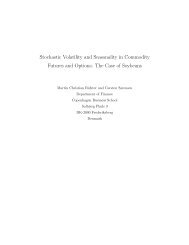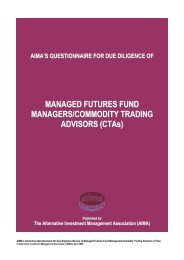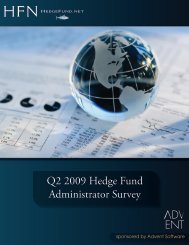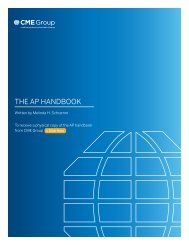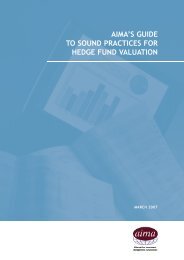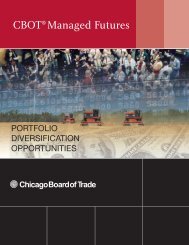SETTING UP A HEDGE FUND â PART TWO - BarclayHedge
SETTING UP A HEDGE FUND â PART TWO - BarclayHedge
SETTING UP A HEDGE FUND â PART TWO - BarclayHedge
You also want an ePaper? Increase the reach of your titles
YUMPU automatically turns print PDFs into web optimized ePapers that Google loves.
The standard offshore fund that Custom House recommends is a multi-share company with the Class A Shares<br />
issued as Voting Shares and all subsequent classes of Shares issued as Non-Voting Shares.<br />
Class A Shares<br />
The holders of the Class A Shares have all the votes and their shares are usually held on behalf of the management<br />
or promoters of the company for administrative convenience, but will have no participation in the assets of the<br />
fund(s), except to the extent of the initial capital subscribed for the shares.<br />
Class B and other Classes of Shares<br />
The Class B Shares, which will be issued to investors in the Fund, will have no voting rights. However they will<br />
participate equally in the Net Assets of the Fund and Company relating to the Class B Shares on liquidation and in<br />
dividends and other distributions as declared.<br />
This structure is purely for administrative convenience and saves having to organise expensive shareholders<br />
meetings for all investors, or having to obtain proxies from a widely dispersed shareholder network.<br />
Additional Classes of Shares can be issued, if required, to create additional Sub-Funds to provide for, inter alia:<br />
a) different currency denominations;<br />
b) different investment policies or risk profile;<br />
c) different types of fund structure (guaranteed, closed-end, etc);<br />
d) different asset classes;<br />
e) different investment advisors;<br />
f) different fee structures.<br />
Shareholders who subscribe for each additional Class of Share (Class C, Class D, etc.) will participate in those<br />
assets of the Sub-Funds that relate to the specific Class of Share subscribed for. Thus the assets of the Company<br />
will be divided into specific Sub-Funds relating to each specific Class of Share.<br />
Protected/Segregated Cell Companies<br />
Several jurisdictions permit companies to be established with separate Segregated Protected Cell structures<br />
(“Protected Cell Structure”). These were originally created for insurance companies, but have now become<br />
available for umbrella type fund companies. The rules relating to such companies provide protection by segregating<br />
one fund (or cell) from any cross-collateral risk of losses generated in another fund (or cell), should that fund (or<br />
cell) suffer losses in excess of its assets.<br />
On the face of it, the Protected Cell Structure is a very good and efficient way of achieving cross-collateral<br />
protection, however, it must be stressed that, whilst the law permits the structure and, therefore, endorses the<br />
protection offered in the jurisdictions in which such legislation exists, there have been, as far as we know, no test<br />
cases in those jurisdictions. More importantly, there have been, as far as we know, no test cases in the EU, the UK<br />
or the USA involving such companies, where the Protected Cell Structure is not a recognised structure under<br />
European, UK or US company law. There is, therefore, the possibility that, if a case arose and jurisdiction was<br />
claimed or, indeed, taken by the courts outside the domicile of the fund, that those courts could disallow the cell<br />
structure protection.<br />
Accordingly, we would suggest that, even if you use the Protected Cell Structure, you should also insert a Subsidiary<br />
Trading Company (see Question 8) under each cell.<br />
It has to be stated that the only sure way to eliminate the cross-collateral risk between two Sub-Funds, is to establish<br />
separate stand-alone fund companies.<br />
Choice of Entity<br />
Ultimately the choice of legal entity will depend upon a number of factors, including, inter alia, the type and<br />
residence of the investors and personal preferences of the clients.<br />
3


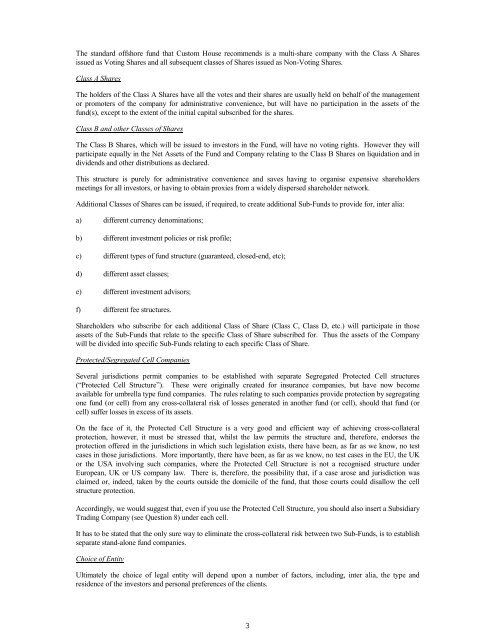

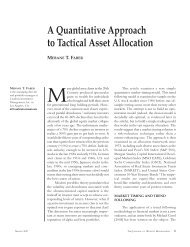
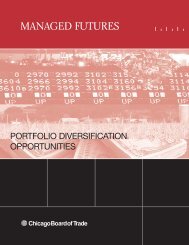
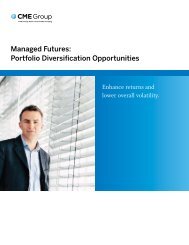
![Definitions & Concepts... [PDF] - Cycles Research Institute](https://img.yumpu.com/26387731/1/190x245/definitions-concepts-pdf-cycles-research-institute.jpg?quality=85)
